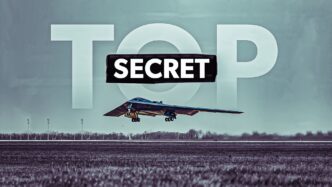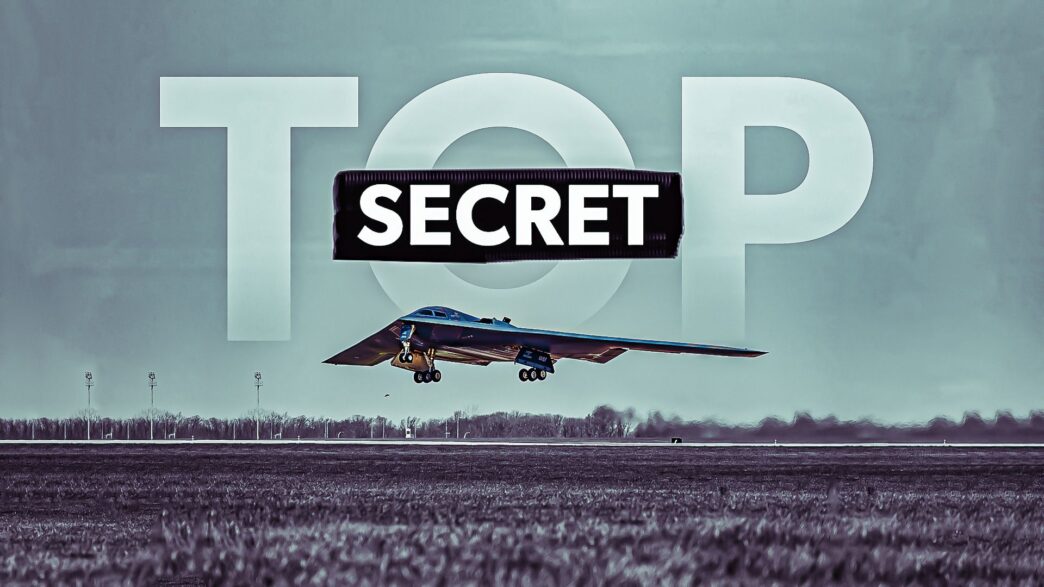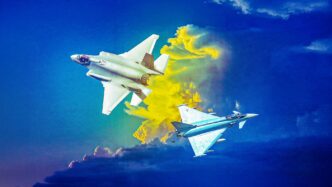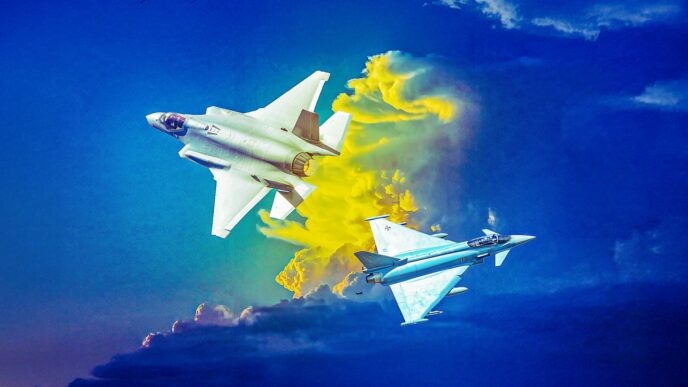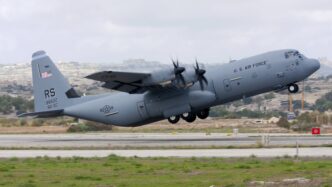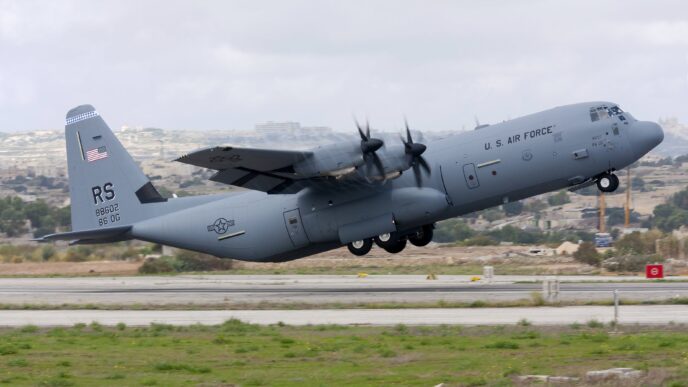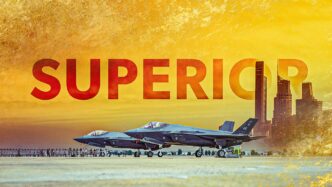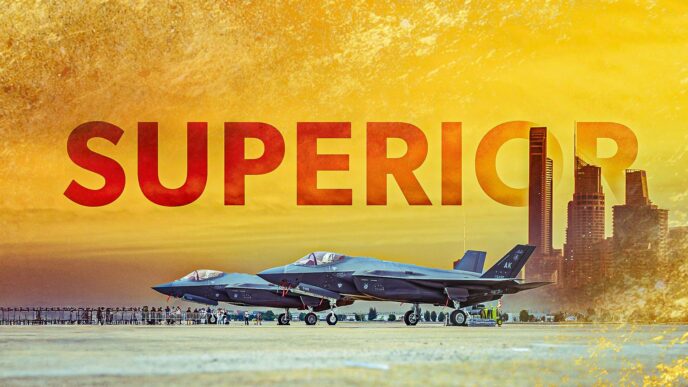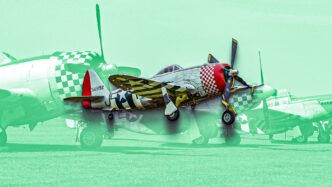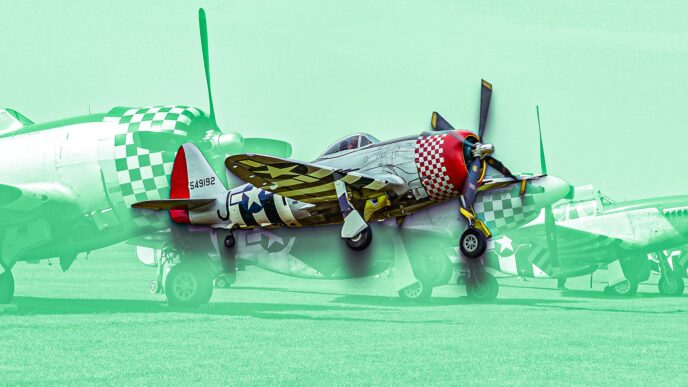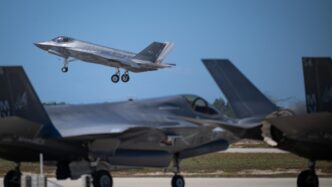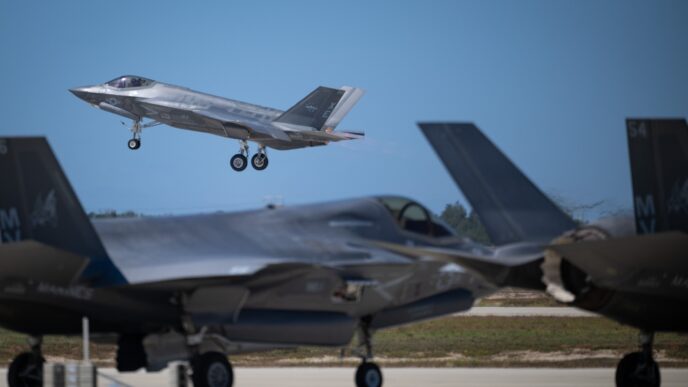The B-2 Spirit is a cornerstone of the U.S. military’s nuclear and conventional strike capabilities. This stealth bomber plays a crucial role in deterring potential threats, thanks to its ability to deliver nuclear weapons with precision and its impressive stealth and intercontinental range. Unlike its predecessor, the F-117 Nighthawk, which faced challenges during low-level combat missions, the B-2 has never been hit or even detected by enemy forces. Its unique design and capabilities make it an unmatched asset for the U.S. Air Force, ready to respond to global threats at a moment’s notice.
Flying the B-2 is no small feat, as it features a distinctive flying wing design that relies heavily on advanced automation. This allows its small crew to manage long missions and operate the aircraft efficiently. With a wingspan of 172 feet, the B-2 is one of the most advanced aircraft ever built, requiring computer assistance for flight. The cockpit is equipped with modern display screens and controls, replacing the hundreds of buttons found in older aircraft like the B-52 Stratofortress. The B-2’s systems are continuously updated through the “Spirit Realm,” a software hub that ensures the bomber remains at the forefront of technology.
The B-2 Spirit is a marvel of engineering, requiring only two pilots to operate, thanks to its sophisticated computing power. This is a stark contrast to other bombers like the B-52 and B-1 Lancer, which need larger crews. The aircraft’s flight deck is streamlined, featuring glass displays and simple controls, allowing the computers to handle most of the workload. The B-2’s success is not just about its stealthy exterior but also its cutting-edge technology, including advanced radar systems, data networks, and communication systems, all of which contribute to its mission success.
#B2Spirit #StealthBomber #USAirForce #MilitaryAviation #AerospaceInnovation
Originally reported by Simple Flying Read More
